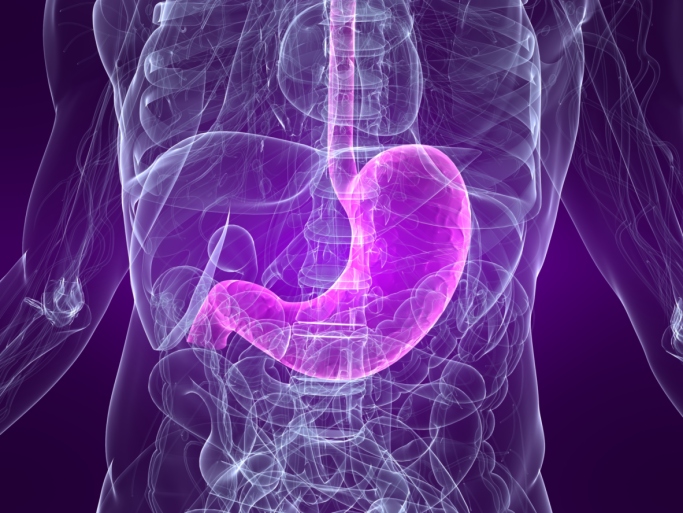
January 29, 2015, by Emma Rayner
Coeliac disease rates among young children has almost tripled in the last 20 years
The number of young children being diagnosed with coeliac disease in the UK has almost tripled in the last 20 years, according to research led by experts at The University of Nottingham.
The study, published in the Archives of Disease in Childhood and jointly funded by the charities Coeliac UK and CORE, also found that kids from poorer families are only half as likely to be diagnosed with the condition.
Dr Joe West and Dr Laila Tata, in the School of Medicine, said that the rise in new cases among children could be a result of better awareness of coeliac disease, as well as the means to diagnose it. However, they said more research was needed to explain the differences in diagnoses among children from different socioeconomic backgrounds.
Dr Tata said: “Over the last decade there has been an increased clinical awareness of coeliac disease partially because of improvements in the accuracy and availability of diagnostic tests, however, we did not have current estimates of actual CD diagnoses in children and it is important to know whether diagnostic patterns vary by socioeconomic group.
“We are now assessing patient interactions with primary care doctors before their diagnosis to determine if the inequality found in childhood CD is related to a failure to seek medical care or to differences in diagnostic investigation and testing by doctors.
“Future studies should also explore the association between exposures to different specific risk factors that may alter predisposition to CD between different socioeconomic groups and explain the overall increase.”
The evidence to date suggests that one per cent of all children in the UK have blood markers for coeliac disease, an autoimmune reaction to dietary gluten from wheat, barley and rye.
In a bid to assess current diagnostic patterns, the researchers assessed data contained in The Health Improvement Network (THIN), a representative UK database of anonymised primary care health records. They identified all children from birth to the age of 18, registered with general practices across the UK that contribute to THIN, between 1993 and 2012.
Among the total of 2,063,421 children, 1247 had been diagnosed with coeliac disease during this period, corresponding to around one new case in every 10,000 children every year. The case rate was similar across all four UK countries, and was 53 per cent higher among girls than among boys. Between 1993 and 2012, diagnoses rose by 39% in boys but doubled in girls.
While the numbers of new cases diagnosed in infants and toddlers remained fairly stable across all four countries, diagnoses among children older than 2 years almost tripled in the space of 20 years. The diagnosis rate for coeliac disease in 2008-12 among children was 75% higher than it was in 1993-97.
When the researchers analysed the social and economic backgrounds of children diagnosed with the condition, they found that those from less well-off backgrounds were only half as likely to be diagnosed with the condition. This pattern was evident for both boys and girls, and across all ages.
Dr Tata added: “Clinicians should ensure they implement the most recent diagnostic guidelines and procedures to obtain a diagnosis of CD. The gap in childhood diagnosis between the most and least socioeconomically deprived children could be due to different risk factors predisposing to CD, however, there is limited evidence for this thus far. Another likely possibility is that ascertainment of disease varies, so awareness campaigns for clinicians and the general population may help to implement strategies for case-finding in all children and reduce this inequality.”
No comments yet, fill out a comment to be the first

Leave a Reply